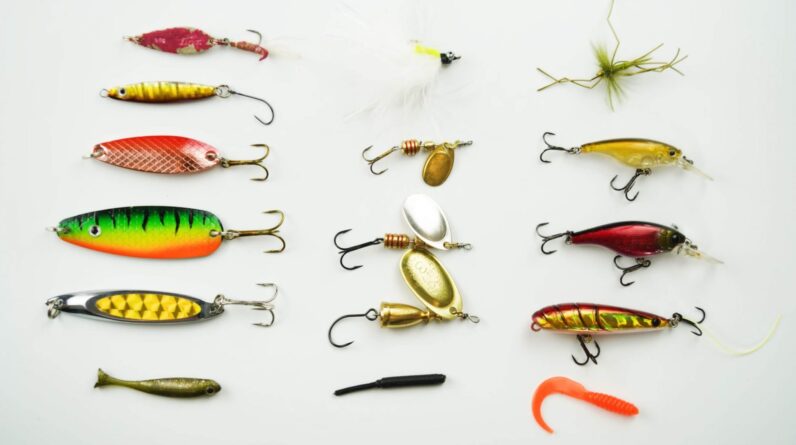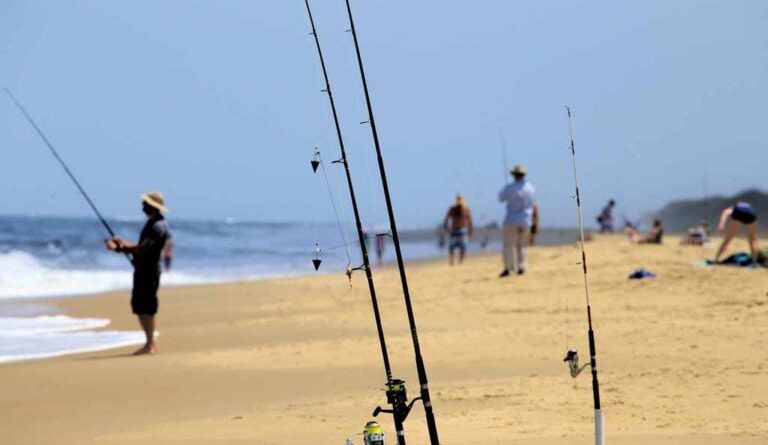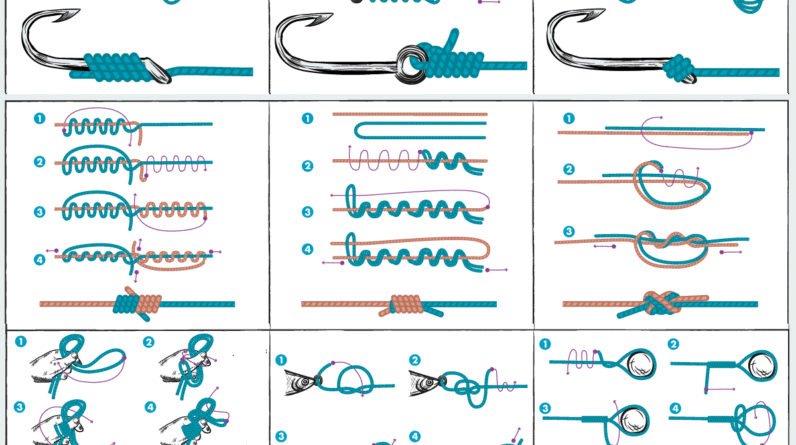Fishing with live bait is an age-old technique that continues to stand the test of time. The tantalizing movements and scents emitted by live bait can entice even the most finicky of fish, leading to a more rewarding angling experience. In this comprehensive guide, we’ll delve into the art of using live bait, exploring the best practices, choosing the right bait, and employing effective fishing techniques to enhance your chances of a successful catch.
Understanding the Appeal of Live Bait
- Natural Movement: Live bait, whether it’s minnows, worms, or shrimp, possesses a natural and lifelike movement in the water. This realism can trigger predatory instincts in fish, making them more likely to strike.
- Sensory Attraction: Live bait releases scent trails and vibrations, attracting fish from a distance. The combination of visual and olfactory stimuli makes live bait a potent choice for enticing a variety of species.
Choosing the Right Live Bait
- Minnows and Shiners: Ideal for predatory species like bass and walleye, minnows and shiners offer enticing movement. Hook them through the lips or dorsal fin to maintain their liveliness.
- Nightcrawlers and Earthworms: Versatile and readily available, worms are effective for a range of species, including panfish and catfish. Thread them onto the hook, leaving a portion dangling for added attraction.
- Shrimp and Crustaceans: Saltwater anglers often opt for live shrimp or crustaceans. Secure them through the tail or body to mimic natural swimming patterns.
Best Practices for Using Live Bait
- Matching the Hatch: Observe the local aquatic environment to identify the prevalent baitfish. Choosing live bait that mimics the natural forage increases your chances of success.
- Balancing the Presentation: Adjust the size of your live bait to match the size of the targeted fish. Large bait may deter smaller species, while small bait may go unnoticed by larger predators.
- Proper Hooking Techniques: Ensure your live bait remains lively and active on the hook. Tail-hooking, lip-hooking, or hooking through the dorsal fin are common methods, depending on the type of bait and the desired presentation.
Live Bait Rigging Techniques
- Carolina Rig: Ideal for bottom-feeding species, the Carolina rig features a sliding weight and a leader with a live bait hook. It allows the bait to move freely, enticing fish in various water depths.
- Drop Shot Rig: Effective for suspended fish, the drop shot rig involves attaching the live bait above the weight. This technique keeps the bait at a specific depth while enticing fish below.
- Free-Lining: A simple yet effective method, free-lining involves fishing live bait without additional weights. This technique allows the bait to swim naturally, making it appealing to nearby predators.
Tips for Live Bait Success
- Maintaining Liveliness: Keep live bait fresh and lively by storing them in a well-oxygenated container. Avoid overcrowding to prevent stress and ensure optimal movement.
- Adapting to Conditions: Be adaptable based on weather, water conditions, and the behavior of the targeted fish. Experiment with different live baits and techniques to find what works best.
Conclusion
Mastering the art of using live bait opens up a world of possibilities for anglers seeking a diverse and fruitful fishing experience. By understanding the nuances of live bait selection, rigging techniques, and presentation, you can elevate your chances of success on the water. Explore cheerfulfisherman.com for a wide selection of quality fishing gear and expert advice to enhance your angling journey.






